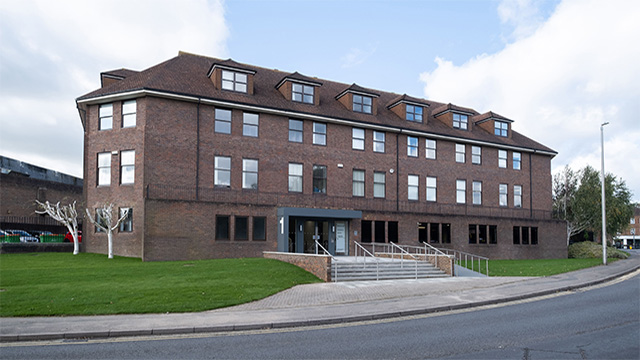The sums behind resi investment’s woes
News
by
Jonathan Vandermolen
COMMENT The last time that the base rate was 5.25% was in February 2008 and it peaked at 5.75% in July the same year.
Sixteen years is almost two cycles in the property business and for those of us old enough to remember what happened in the 2008 crash when the market was built on highly leveraged debt, it was not a pretty sight.
I am not saying we are going to see the same results now, as there is a huge amount of liquidity. But many investors who were lured into purchasing property primarily due to low interest rates are starting to feel the pain and, in my opinion, it’s going to get worse for them before it gets better.
COMMENT The last time that the base rate was 5.25% was in February 2008 and it peaked at 5.75% in July the same year.
Sixteen years is almost two cycles in the property business and for those of us old enough to remember what happened in the 2008 crash when the market was built on highly leveraged debt, it was not a pretty sight.
I am not saying we are going to see the same results now, as there is a huge amount of liquidity. But many investors who were lured into purchasing property primarily due to low interest rates are starting to feel the pain and, in my opinion, it’s going to get worse for them before it gets better.
Here come the numbers
Most investment properties are purchased with term loans, which means a fixed time period of generally two to five years. For many these will have expired or will be in the very near future.
Many loans taken out over the last few years required limited equity due to the low coverage required to pay the interest, even if many required 130% of cover to take into account void periods.
Today the market is a very different place. Yields have shifted dramatically, which means values have started to fall and will continue to do so whether you want to sell as a block or on a flat-by-flat basis.
If you purchased a block of five two-bedroom flats in London worth £2.5m three years ago when base rates were 0.1% and you borrowed £2m at an 80% loan to value, your interest rate on a five-year fixed rate was 2%, which meant your annual repayment was £40,000 per annum.
The average rent for a two-bedroom flat was, say, £1,500 per month, which created a total gross income of £90,000 per annum. Even taking into account 20% costs of £18,000 you were left with a tidy profit rent of £32,000.
At this point, when values were rising rapidly, many investors were tempted to refinance, take excess equity from the property and buy again.
Today the same five-year rate is around 6.5%, meaning the annual repayment is £130,000. Even if you add a 20% increase in rent to £108,000 gross – which after costs equates to £86,400 – you have a deficit of £43,600. And that deficit is only the beginning of your problems when you want to refinance.
Once the term of loan has expired your lender will require a new valuation which will need to take into account increased interest rates, loan to value covenant and a valuer who is looking over his shoulder not wanting to be sued for the work he did on the original loan.
Considering your options
In simple terms that same property valued at £2.5m could easily be valued at 10% less. Due to the interest rate hike the same lender will lend you 70% – £1.57m as opposed to the £2m you originally borrowed, which means you have to magically find another £675,000. For most investors that is no easy feat.
You have two options. The first is to sell as a block with buyers now wanting minimum of 10-20% discount to open market values and gross yields of 5.5% to 10% gross depending on the quality of the building and location of the asset, which means your equity is potentially wiped out and your loan could well be in breach of its terms.
The second is to wait for your tenants to vacate and sell individually on the open market, but with current interest rates, economic turmoil and the deposits required there is unlikely to be a queue of purchasers knocking at your door.
The most important thing at times like this is to communicate with your lender, be proactive and don’t put your head in the sand which sadly we are seeing is the case with many inexperienced investors.
As for the future of rates, it looks like they are close to peaking but with another one or two rises likely to come and a general election on the horizon they are unlikely to start falling until quarter two or three next year.
Cash is king
For those who know our firm well, insolvency plays a large part of our current business. It has accounted for 25% of transactions for the last 12 months and we have seven reports on residential investment portfolios or blocks for lenders and receivers so we see the work continuing and increasing.
The good news for those with cash is this is starting to create opportunities and we are starting to see some of the best opportunities we have for some time with healthy yields and real discounts to vacant possession value.
All you need to be successful in this business is time and money – the issue is whose money it is and how much time they will give you to pay it back.
Jonathan Vandermolen is chief executive of Vandermolen Real Estate











